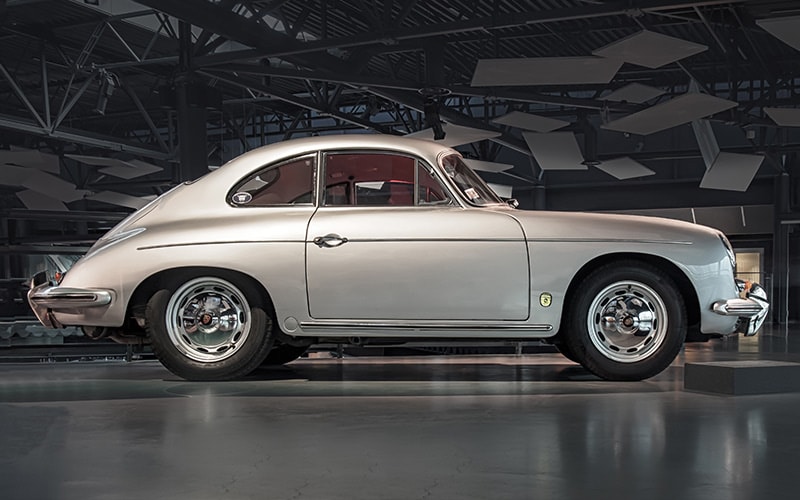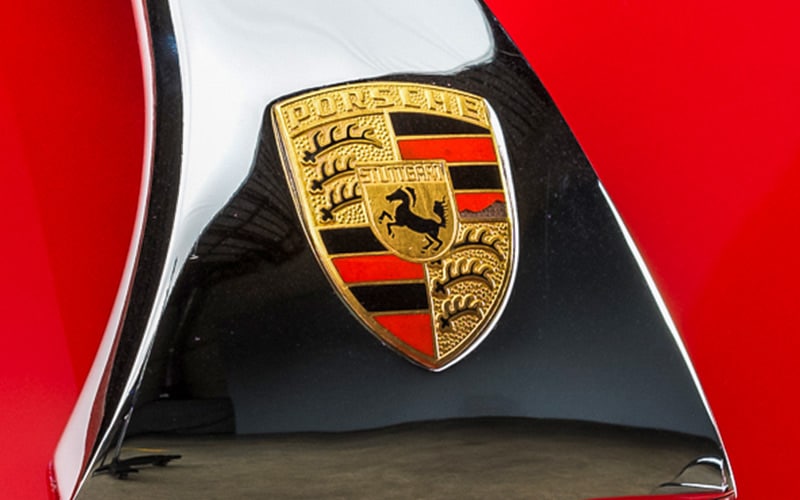The Porsche 356, a longstanding automotive icon, is renowned for its timeless design, engineering excellence, and rich racing heritage. This article delves into the captivating history of the 356, tracing its origins, highlighting its revolutionary design, and celebrating its enduring legacy in the automotive world.
Birth of a Legend
In the aftermath of World War II, Ferdinand Porsche and his son, Ferry Porsche, embarked on a mission to create a sports car that would capture the hearts of driving enthusiasts worldwide. The Porsche 356 was born out of their vision to craft a lightweight, agile, and distinctively styled automobile.

Gmünd Era: The Early Years
The Porsche 356’s journey began in Gmünd, Austria, where the first few examples of the car were handcrafted. These “Pre-A” models, produced between 1948 and 1950, showcased the unique charm of limited-production vehicles, with aluminum bodies and meticulously executed craftsmanship.
Stuttgart Era: Evolution and Refinement
In 1950, Porsche shifted production to Stuttgart, Germany, marking the beginning of a new chapter for the Porsche 356. The “A” series introduced notable design refinements and increased production capacity. Under the guidance of chief designer Erwin Komenda, the Porsche 356 began to establish its distinctive look, characterized by sleek lines, gentle curves, and flowing fenders.

The Porsche 356B: Performance and Sophistication
The mid-1950s saw the introduction of the “B” series, marking a significant milestone in the evolution of the Porsche 356. This iteration featured a range of improvements, including a more powerful engine, refined bodywork, and enhanced comfort features. With its increased performance and driving dynamics, the Porsche 356B became an instant hit among driving enthusiasts.

The Porsche 356C: The Final Chapter
In 1963, the Porsche 356 received its final update with the introduction of the “C” series. The “C” models boasted numerous refinements, including disc brakes, improved suspension, and increased engine output. Despite being the last production series, the Porsche 356C left an indelible mark, showcasing the pinnacle of refinement and performance for the model.

Enduring Popularity and Collector Status
Decades after its production ceased, the 356 continues to captivate enthusiasts and collectors alike. Its timeless design, exhilarating driving experience, and mechanical sophistication have cemented its status as a coveted classic car. Pristine examples of the Porsche 356 fetch high prices in the collector car market, as enthusiasts recognize and appreciate the car’s historical significance and enduring appeal.
The Porsche 356 remains an automotive legend that transcends time. From its humble beginnings in Gmünd to its refined iterations in Stuttgart, the 356 left an indelible mark on the automotive industry. Its revolutionary design, engineering excellence, and remarkable racing heritage have solidified its place in the hearts of driving enthusiasts worldwide. As we reflect on the remarkable history of the Porsche 356, we celebrate its enduring legacy and the lasting impression it has made on automotive history.




